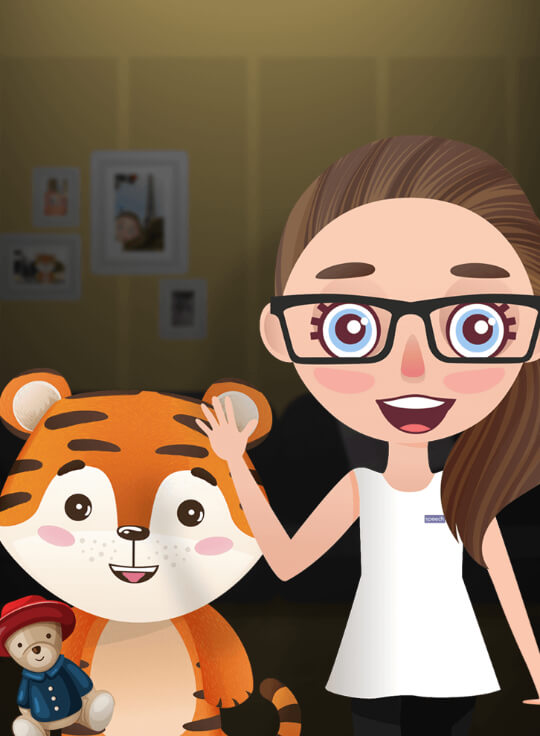Stuttering is perhaps one of the most known communication disorders. We all often know someone who stutters, and with Hollywood’s exposure in ‘The King’s Speech’ the debilitating impacts of chronic stuttering have become wildly known.
But we also know that many children stutter – particularly in their early years. We often have many questions from parents asking if this is typical. Put simply, sometimes it is…and sometimes it is not.
Around 2 to 3 years of age (when their spoken language is blooming) it is completely typical for children to become disfluent. This essentially reflects the speech sound and language systems developing and expanding from early word combining to sentence use. Often, parents will see periods of disfluency correlating with “language blooms”. But when stuttering persists over an extended period, becomes more significant over time, or overlaps with secondary characteristics (e.g., eye blinking, facial movements, a fear of talking) it is time to get a second opinion.
For children that are experiencing fluency difficulties, Speech Clinic provides Lidcombe based intervention. This gold-standard approach to paediatric fluency is a parental-based program that aims to achieve fluency in the young child. Using this evidence-based approach, together we consider the speech, language, emotional, social and physical factors impacting upon fluency, and tailor our therapy to achieve fluency across varied contexts.
If you have any questions relating to your child’s fluency development, or believe that they would benefit from a fluency-based assessment, please contact us today. Early intervention is always the key to any communication difficulty, and we are always more than happy to generally chat through any concerns that you may have.
Red-flags for fluency development:
- Your child has been stuttering for more than 3 months
- Your child’s stutter has grown more severe over time
- There is a family history of stuttering
- Your child has developed secondary characteristics when stuttering (e.g., eye blinking, facial movements, body movements)
- Your child is avoiding talking, or becoming fearful of communicating
- You are generally concerned and would like a second opinion!

















